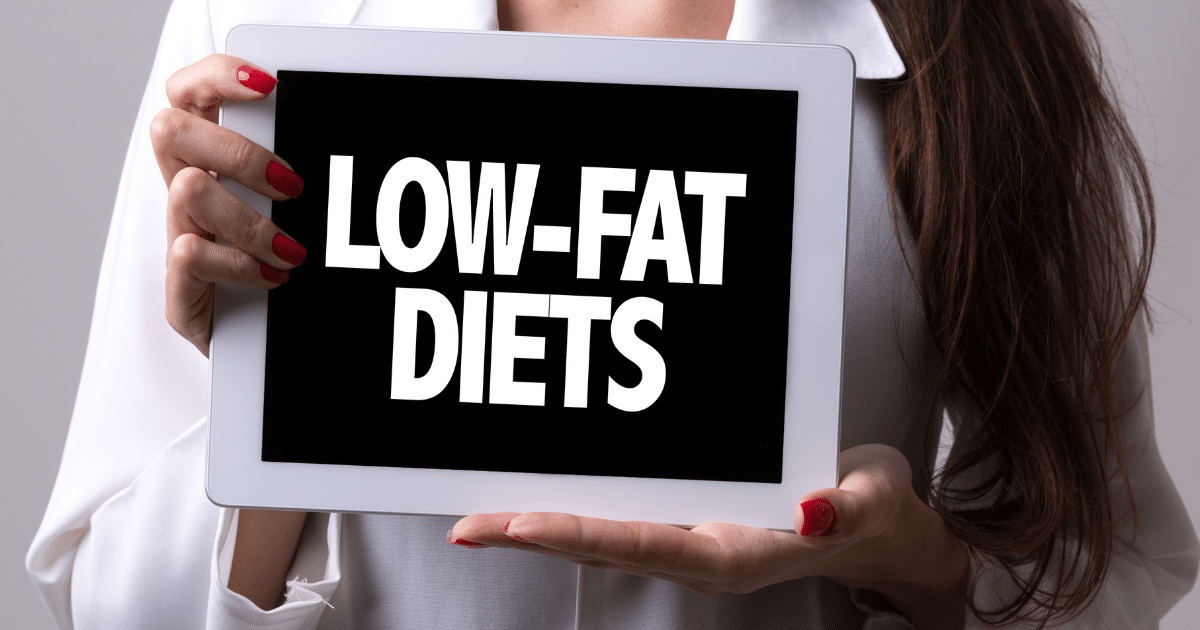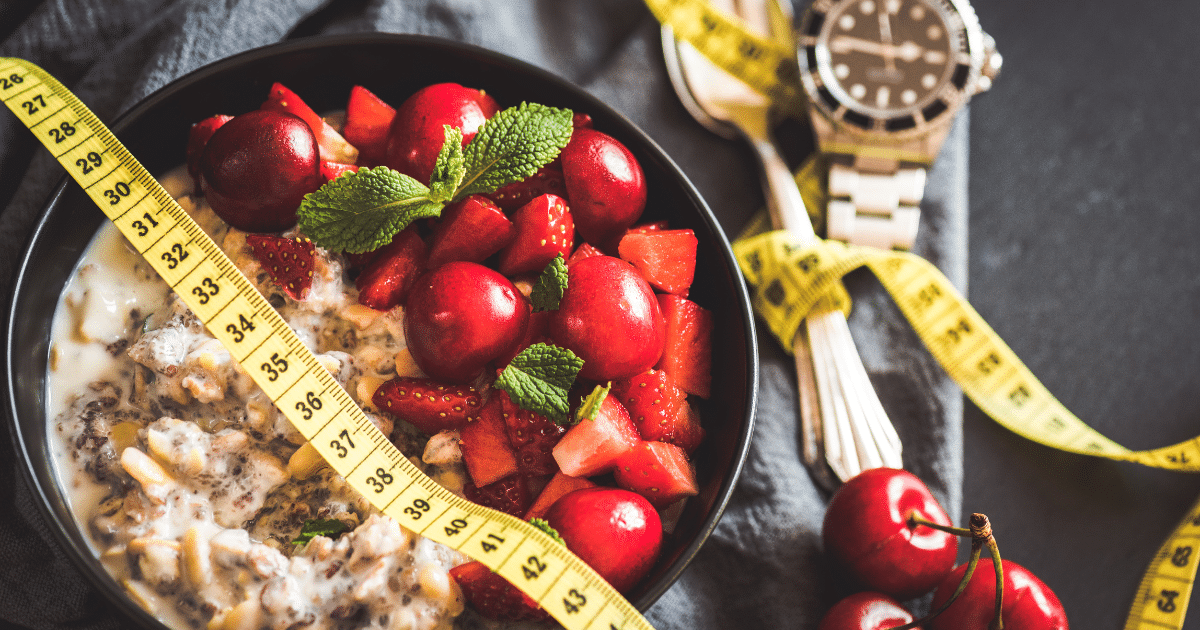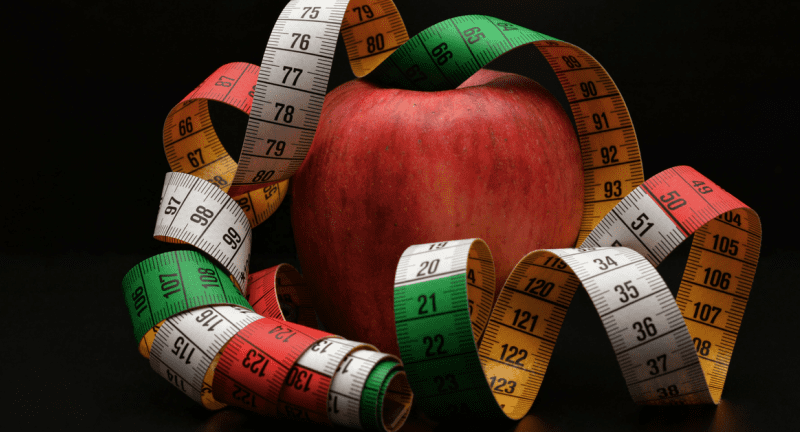Eating A Low Fat Diet: Here are 10 Foods to Minimize or Avoid
I know what you might be thinking… “but, Matt, with IIFYM I’m supposed to be able to eat anything I want. Why would I want to utilize a low fat diet?” That’s true, with IIFYM you really have no limits, but if you are trying to lose weight, we need to remember that there are more calories per gram of fat compared to the other macronutrients. If you lower your fat, you could consume more of other macronutrients instead—this would be great when restricting calories because it would allow you to eat more by simply changing the ratio of macronutrients.
Again, this article is for those truly struggling to lose weight and are looking to tighten things up a little bit. You can still enjoy all the great foods that many consider “off-limits” but this article will showcase a few foods you should put to the side for the time being if trying to follow a somewhat low fat diet.

Disclaimer: This article is for informational purposes only and is not meant to treat or diagnose any condition. It is recommended that you speak with your doctor before starting any exercise program, changing your daily nutrition, or adding any supplements to your regimen.
What is Considered a Low Fat Diet?
A low-fat diet is typically characterized by a reduced intake of dietary fat, with the aim of lowering the overall percentage of calories derived from fats. The specific definition of a low-fat diet may vary, but it often involves consuming less than 20-35% of total daily calories from fat. Here are some general guidelines:
- Total Fat Intake: In a low-fat diet, the total daily intake of fat is reduced. This reduction is usually in comparison to a standard or typical diet where fat might constitute a higher percentage of total daily calories.
- Saturated Fat: Saturated fats, which are commonly found in animal products and some tropical oils, are often restricted in a low-fat diet. The American Heart Association (AHA) recommends limiting saturated fat intake to less than 5-6% of total daily calories.
- Trans Fat: Trans fats, often found in partially hydrogenated oils, are usually minimized or eliminated in a low-fat diet due to their association with increased risk of cardiovascular diseases.
- Focus on Healthy Fats: While the overall fat intake is reduced, emphasis is often placed on consuming healthier sources of fats, such as monounsaturated and polyunsaturated fats. These fats are found in foods like avocados, nuts, seeds, and olive oil.
- Caloric Intake: It’s essential to maintain a balance in caloric intake. Simply reducing fat intake while increasing intake of other macronutrients (carbohydrates or proteins) may not necessarily be beneficial. The overall goal should be to maintain a balanced and healthy diet.

It’s important to note that dietary recommendations may vary based on individual health conditions, goals, and preferences. Some people may benefit from higher fat intake, especially if it includes healthy fats.
What Foods Can I Eat on a Low Fat Diet?
A low-fat diet typically involves choosing foods that are lower in fat content while focusing on a variety of nutrient-dense options. Here are some foods that are commonly included in a low-fat diet:
- Lean Proteins:
- Skinless poultry (chicken or turkey)
- Lean cuts of beef or pork
- Fish and seafood
- Legumes (beans, lentils, peas)
- Tofu and other soy products
- Low-fat or fat-free dairy products (milk, yogurt, cheese)
- Fruits and Vegetables:
- Fresh or frozen fruits and vegetables
- These foods are naturally low in fat and high in essential nutrients, fiber, and antioxidants.
- Whole Grains:
- Brown rice
- Quinoa
- Whole wheat bread, pasta, and cereals
- Oats and oatmeal
- Healthy Fats:
- While a low-fat diet restricts overall fat intake, it’s important to include sources of healthy fats in moderation. These can include:
- Avocado
- Nuts and seeds (in moderation)
- Olive oil and canola oil
- While a low-fat diet restricts overall fat intake, it’s important to include sources of healthy fats in moderation. These can include:
- Dairy Alternatives:
- Choose low-fat or fat-free versions of milk, yogurt, and cheese.
- Non-dairy alternatives like almond milk, soy milk, and coconut milk can be lower in fat depending on the specific product.
- Limit Saturated and Trans Fats:
- Minimize consumption of foods high in saturated and trans fats. This includes avoiding fried foods, processed snacks, and commercially baked goods made with partially hydrogenated oils.
- Portion Control:
- Controlling portion sizes can help manage calorie intake, even on a low-fat diet. Pay attention to serving sizes to avoid overeating.
- Hydration:
- Drink plenty of water. Water is essential for overall health and can help with satiety.
Why Would I Want to Consider a Low Fat Diet While on IIFYM?

We know the difference between healthy fats and not so healthy fats. We understand that healthy fats have an anti-inflammatory effect, they help regulate and produce hormones, aid in cognition, help lubricate joints, feeds the brain, and helps the body absorb essential nutrients. We’re also aware that fats, in general, are slower to digest by the body and don’t really have a thermic effect since the body doesn’t spend much energy assimilating fat.
Then, on the flip side, we have fats that are associated with illness and disease that should be minimized (even though many who follow IIFYM still consume them). Some of these bad fats can cause heart disease, inflammation, insulin sensitivity, and diabetes. In essence, while the good and bad fats might have the same caloric value, the body processes them differently and each source affects the body differently.
Good Fats vs Bad Fats
Not all fat is created equal. We have good fats that we’d want to include in our low-fat diet in the form of unsaturated fats and then we have bad fats in the form of saturated and trans fats. It’s important to know the difference between these so you can make better choices in your low-fat diet to include more of the good fats that can yield health benefits.
The World Health Organization, American Heart Association, the US Department of Health and Human Services, and other organizations recommend limiting your daily saturated fat intake.
It should be noted, however, that some saturated fats in the diet are beneficial.
Some of the good fats (such as polyunsaturated) that you should include in your low-fat diet are a vegetable oil, sunflower oil, safflower oil, fatty fish, nuts, and seeds.
The most commonly used bad (trans) fats are partially hydrogenated oils. Some restaurants use them in their deep fryers because then they don’t need to change the oil as frequently. But trans fat can also be found in things other than fried foods, such as baked goods, some popcorn, frozen pizza dough, nondairy coffee creamer, margarine, and canned biscuits to name a few.
Click here to continue reading…


*Disclosure: This article may contain affiliate links or ads, which means we earn a small commission at no extra cost to you if you make a purchase through these links. These commissions help support the operation and maintenance of our website, allowing us to continue producing free valuable content. Your support is genuinely appreciated, whether you choose to use our links or not. Thank you for being a part of our community and enjoying our content.
PLEASE CONSIDER SHARING THIS ON YOUR SOCIAL MEDIA TO HELP OTHERS LEARN MORE ABOUT THIS TOPIC. SIMPLY CLICK BELOW!

